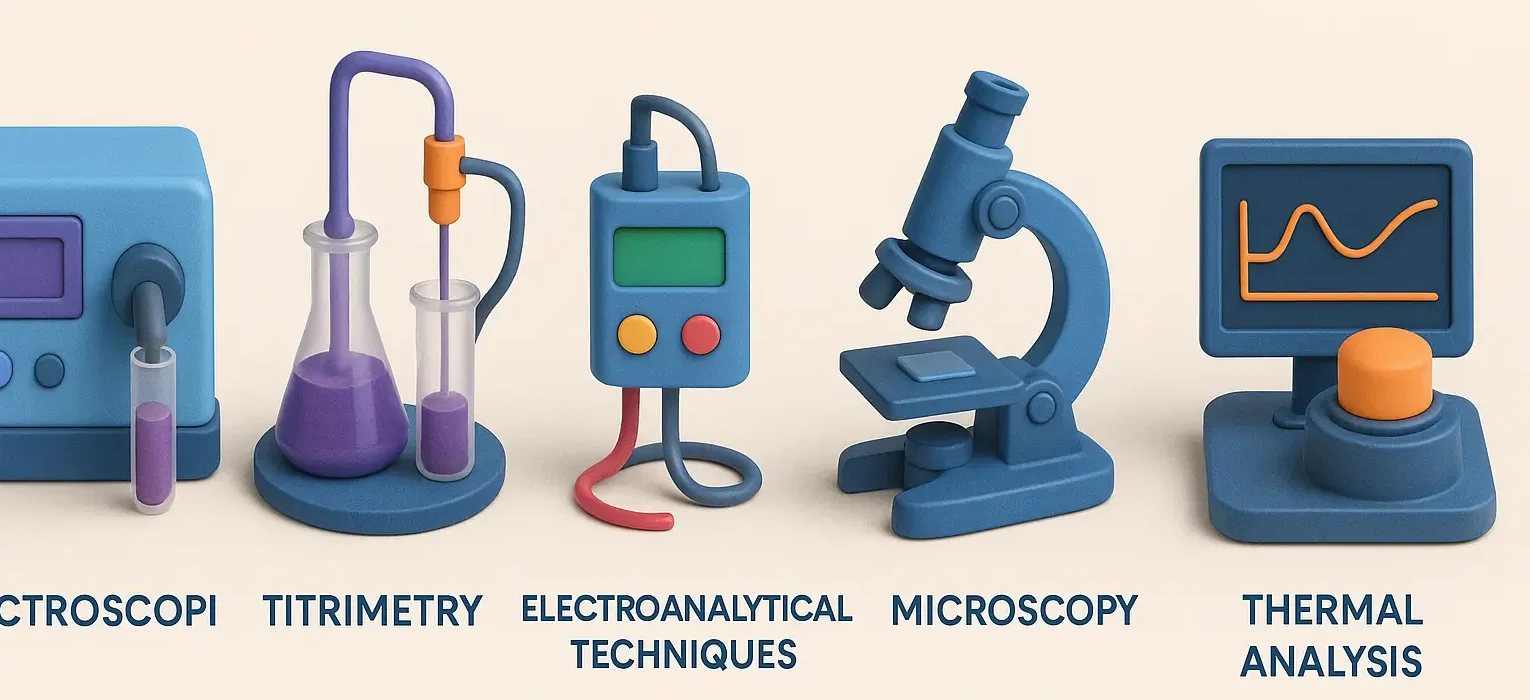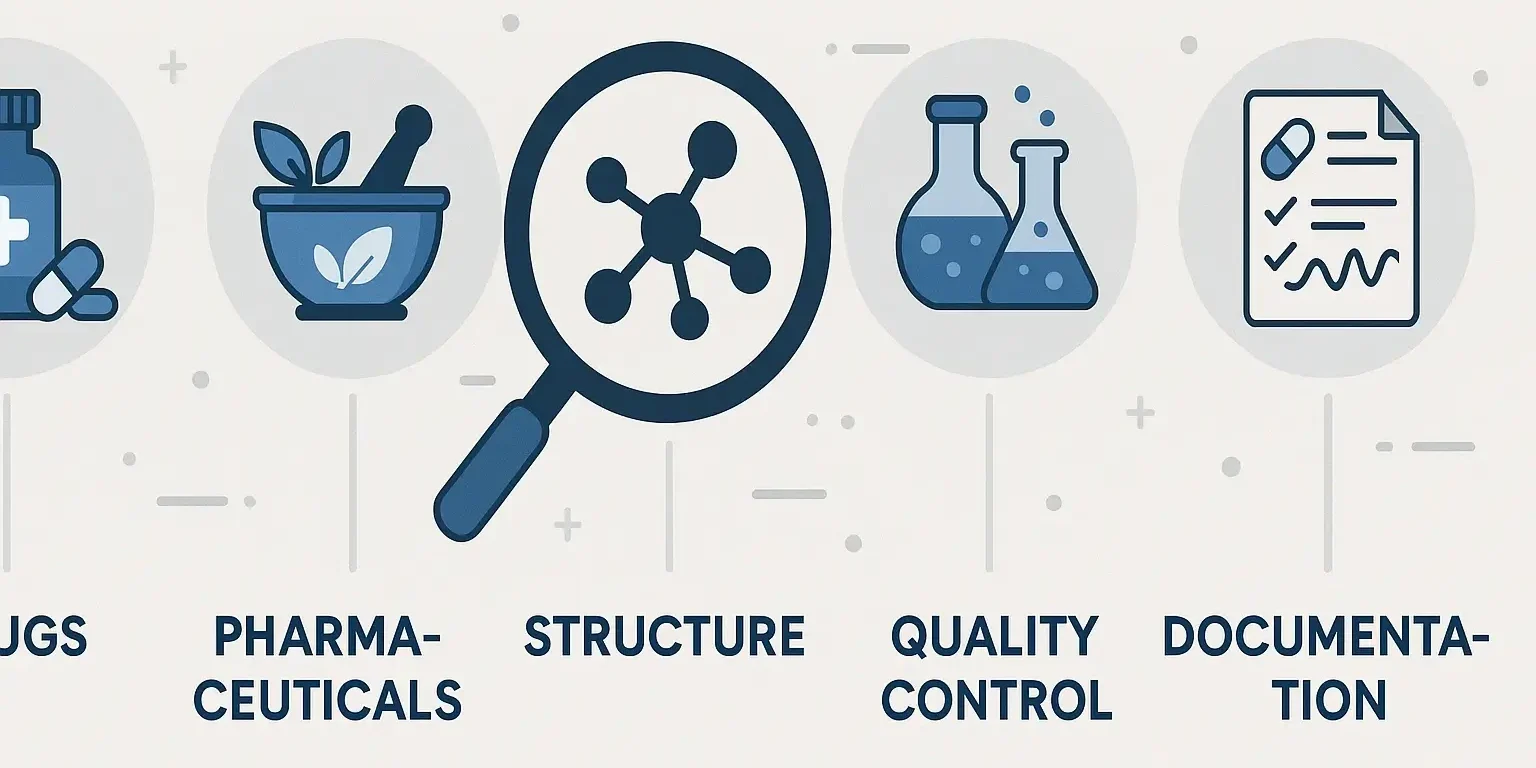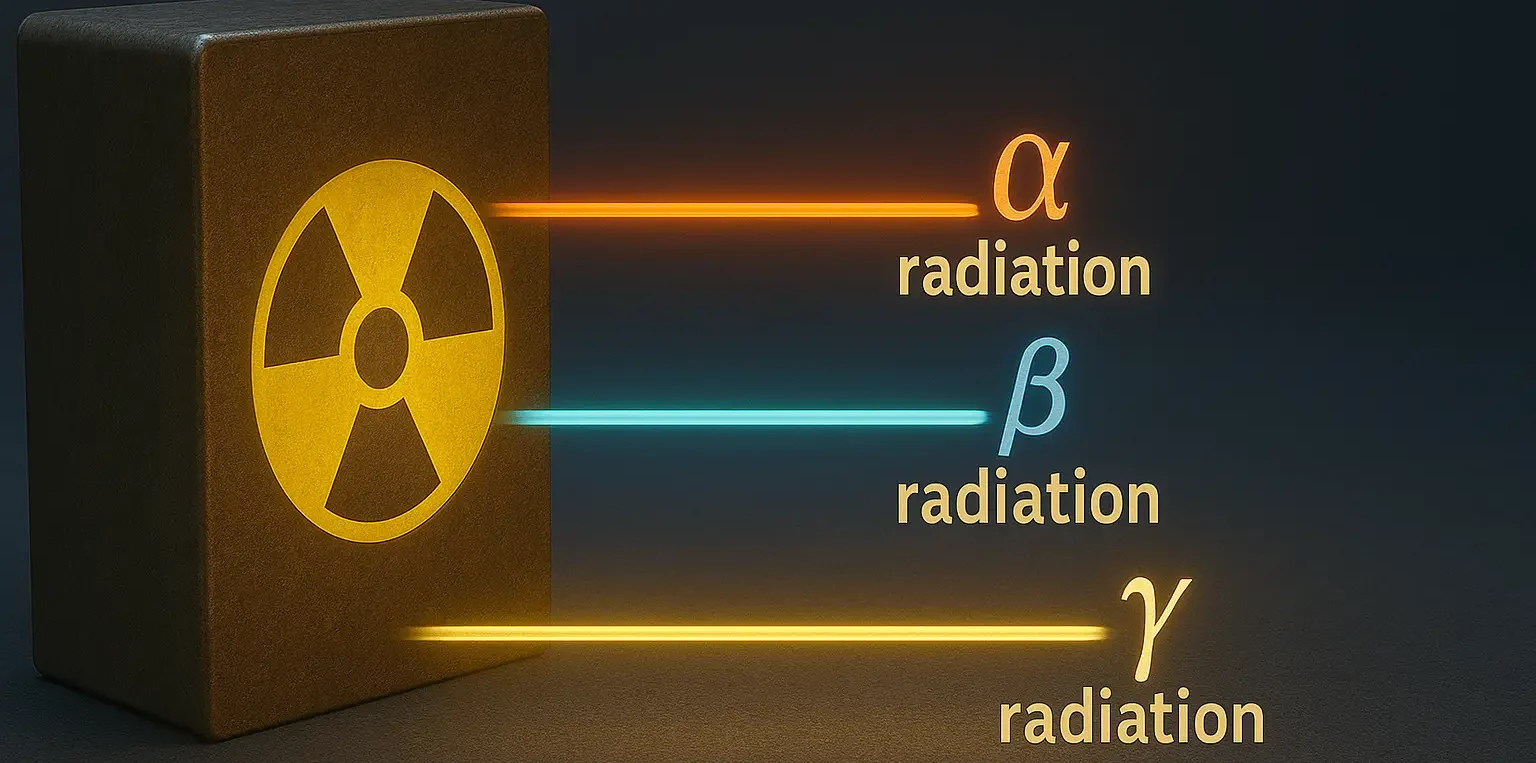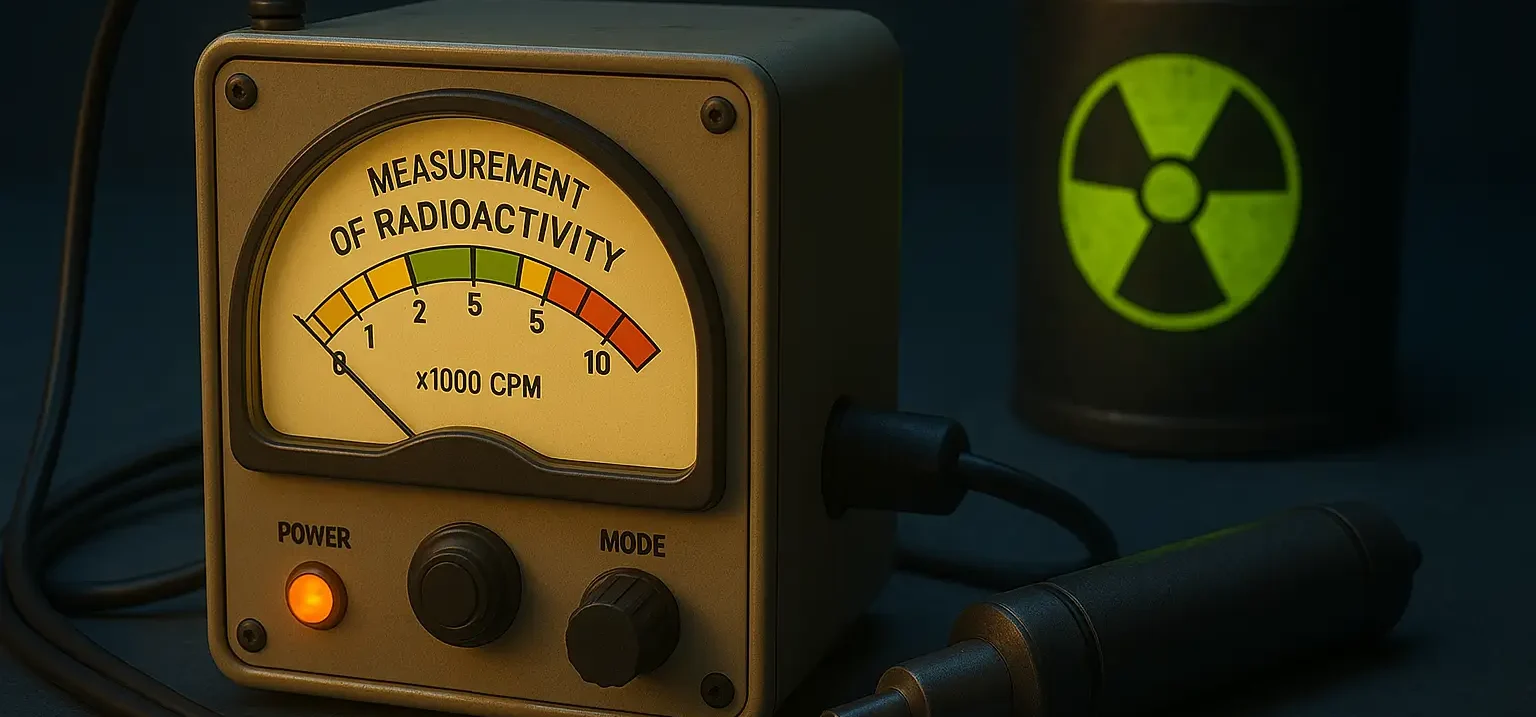Preparation and standardization of solutions
Preparation and standardization of solutions is essential for accurate chemical analysis. Below are step-by-step guides for preparing and standardizing the given molar and normal solutions. 1. Oxalic Acid (H₂C₂O₄) Solution Molecular weight: 126.07 g/mol Normality: For reactions with KMnO₄ (5e⁻), Oxalic acid is 2N (since it donates two electrons in redox reactions). Preparation of 0.1 … Read more









